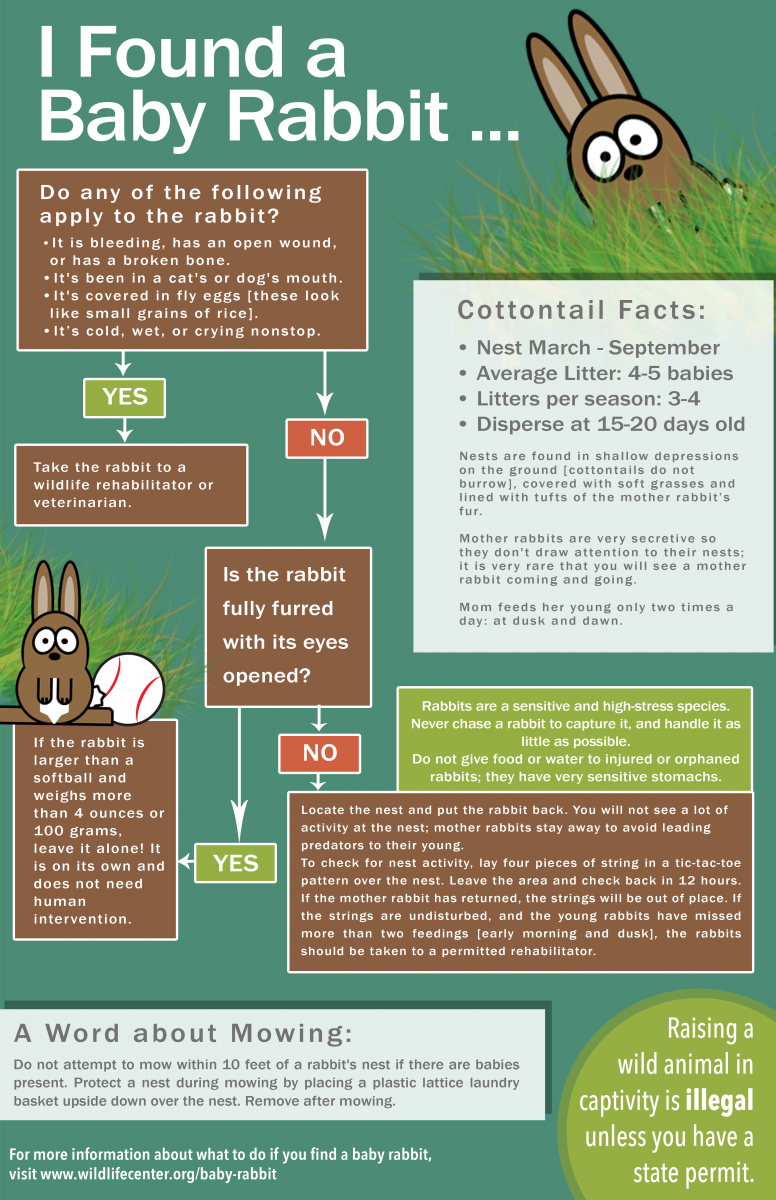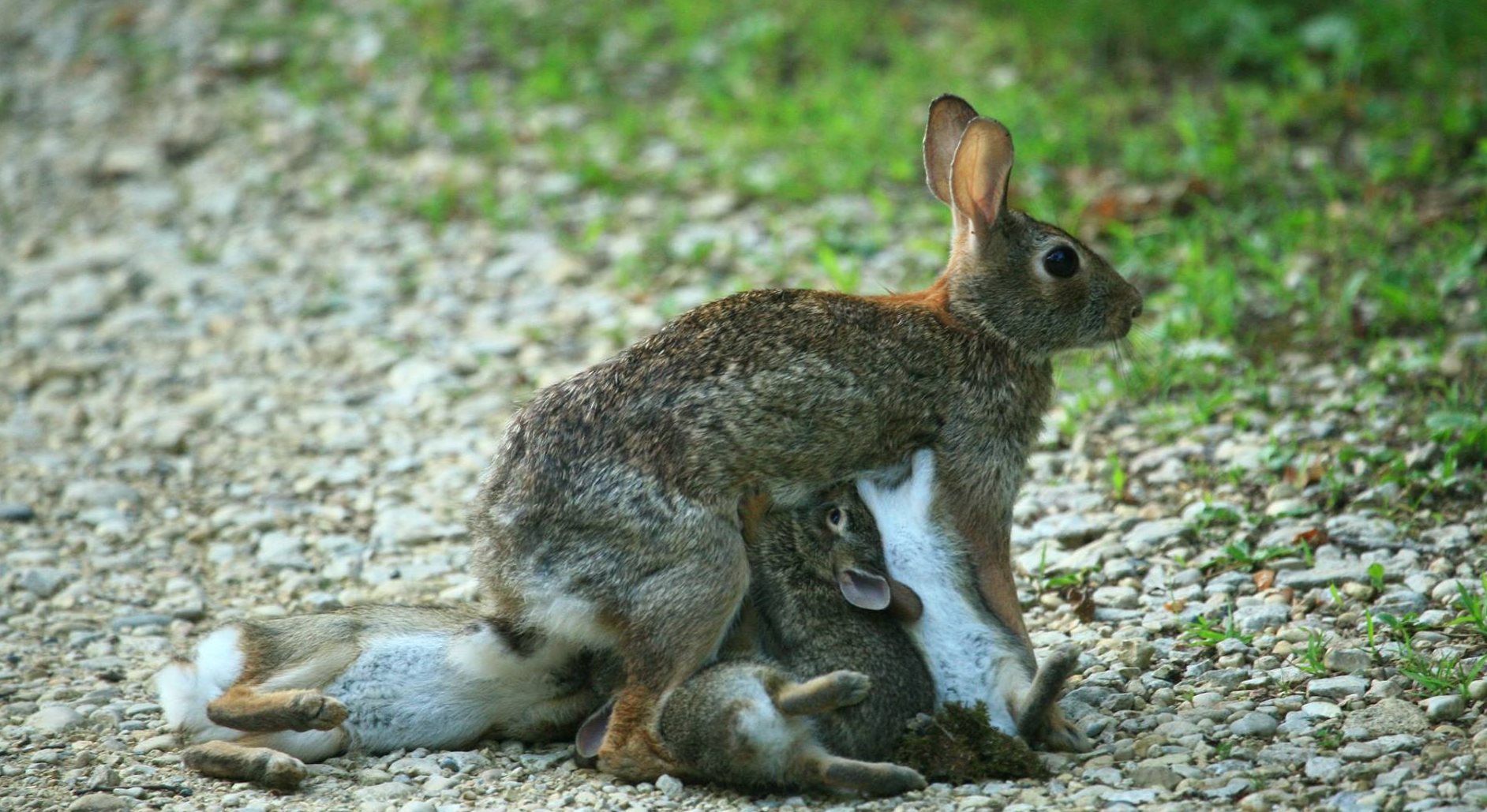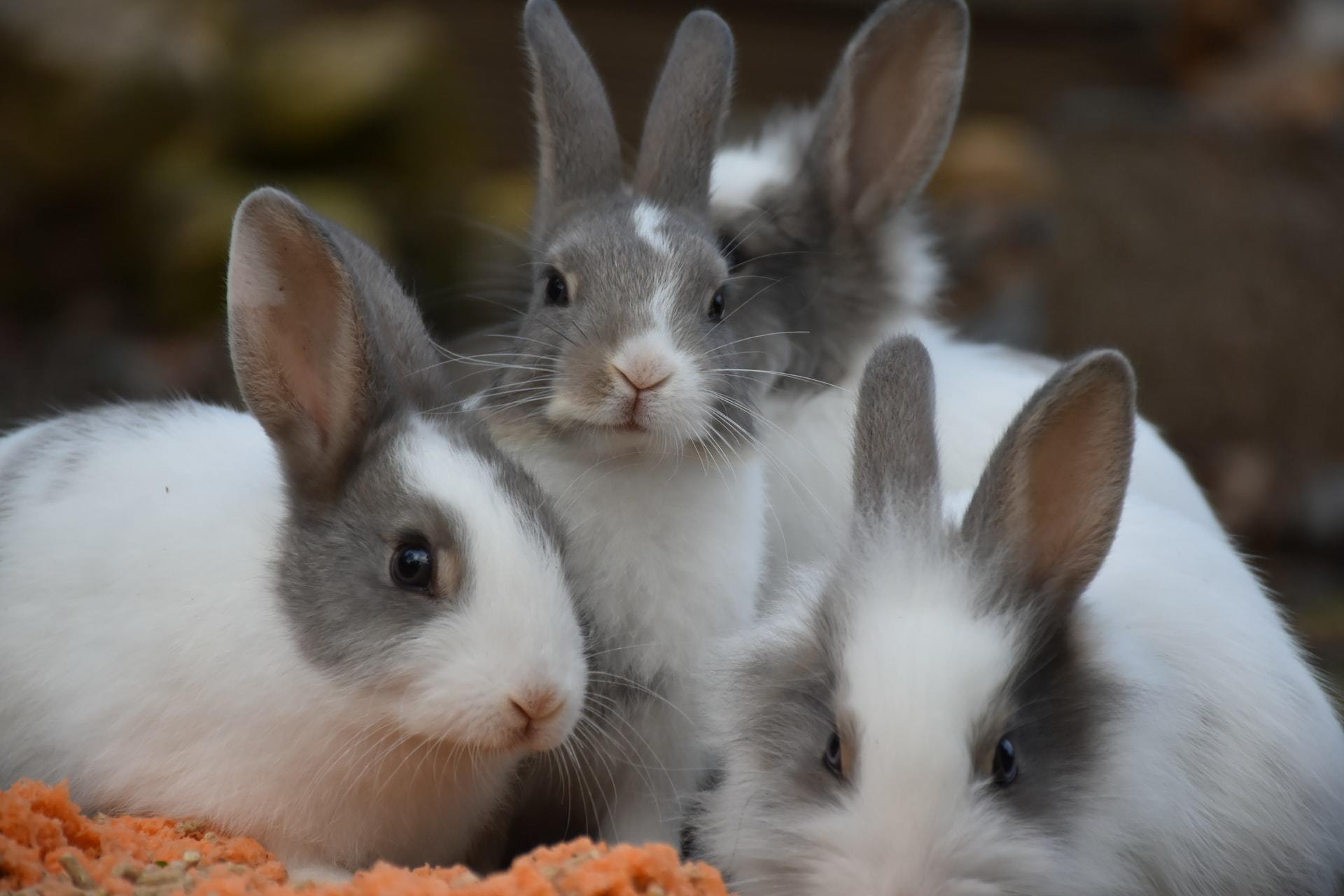Rabbit breeding can be a fun and rewarding process, but it’s important to be informed about bunny birth before you dive in. If you’re considering raising rabbits, it’s important to understand the complexities of caring for a pregnant doe, the birthing process, and how to care for the newborn kits. This article will provide you with all of the essential information you need to know about bunny birth and raising rabbits.
Overview of Bunny Birth

What is Bunny Birth?
Bunny birth is the process of a rabbit giving birth to her offspring, also known as kits. Bunny birth is a natural process that happens multiple times a year.
How Long Does It Take a Rabbit to Have Babies?
Rabbits can become pregnant at about 4-5 months of age, and the gestation period for a rabbit is about 30 days. So, from the time of conception, it takes about a month for a rabbit to give birth.
How Do Rabbits Give Birth?
Rabbits give birth to their offspring in a nest they have prepared. The mother rabbit will typically give birth at night, and within 24 hours, she will have given birth to a litter of up to 10 kits. The kits are born blind, deaf, and furless. However, they quickly mature and can become independent within 8-12 weeks.
When do rabbits give birth? Rabbits usually give birth during the spring and summer months. However, if they are bred in captivity, they can give birth year-round.
When Do Rabbits Give Birth?

Rabbits are known for their prolific breeding habits. On average, a female rabbit can have a litter of 4-12 kits every 30 days, with a gestation period of 28-31 days. This means that female rabbits can give birth to their young as early as four months of age.
How Old Do Rabbits Have to Be to Have Babies?
Most female rabbits reach sexual maturity as early as three months of age, but it is recommended that they wait until they are at least four months old before being bred. Rabbits can reproduce until they are around 5 years old, but the average lifespan of a domestic rabbit is 8-12 years.
When Can Rabbits Have Babies?
Rabbits can have babies all year round and are most receptive to mating during the spring and summer months. If a female rabbit is not ready to breed, she will often reject a male’s advances. It is important to keep an eye on your female rabbit to ensure that she is in good health before and after giving birth.
Knowing how do bunnies give birth is important for any rabbit owner. With the right care and attention, your rabbit’s litter can be a healthy and happy addition to your family.
Do Rabbits Give Live Birth?
Rabbits are mammals and, as such, they give live birth to their young. The gestation period for a rabbit is about 30 days, so it does not take long for a rabbit to have babies. The average litter size is four to six babies, but can be as many as twelve.
At birth, the babies are furless and their eyes are closed. They are born with their front teeth already grown in, and their hind legs and feet are well-developed. They are able to move around and feed from their mother within a few hours after being born.
| Stage | Duration |
|---|---|
| Gestation period | 30 days |
| Litter size | 4-12 |
| Eyes open | 1 week |
| Weaning | 8-10 weeks |
The babies will open their eyes and ears within the first week and start to explore their surroundings. They are usually weaned and ready to live independently by eight to ten weeks old.
Rabbits are relatively easy to breed and raise, but it is important to provide a safe and comfortable environment for them. The mother rabbit will need extra food and plenty of space to care for the babies. The babies should be kept warm and dry and should be handled with care.
Frequently Asked Questions
What is the Average Lifespan of a Rabbit?
Rabbits typically live for 8-12 years but some breeds may live longer. The exact lifespan of a rabbit can be affected by a variety of factors such as:
- Genetics – Some breeds have longer lifespans than others.
- Nutrition – Poor nutrition can lead to shorter lifespans.
- Disease – Illnesses and diseases can reduce a rabbit’s lifespan.
- Environment – Rabbits kept in outdoor enclosures often live longer than those kept indoors.
To ensure your rabbit lives a long and healthy life, it is important to provide proper nutrition, regular veterinary care, and a safe and stimulating environment.
What are the Signs of a Pregnant Rabbit?
Physical Signs:
- An increase in body size and weight
- Carrying her tail lower than usual
- Nesting behavior
- More aggressive and territorial behavior
- A change in appetite
Behavioral Signs:
- Building a nest
- Pulling fur from her chest and flanks
- More frequent visits to the nest box
- Reluctance to move from the nest
- More aggressive behavior towards other rabbits
What type of food should I feed my rabbits?
Rabbits should be given a diet of fresh hay, such as Timothy hay, fresh vegetables and a small amount of pellets. Hay should make up the majority of the diet, as it helps keep the rabbit’s digestive system healthy while providing essential nutrients. Vegetables should be provided in small amounts, as too many can cause digestive upset. Pellets should only be given in small amounts and should be specifically formulated for rabbits. It is also important to provide fresh, clean water at all times.
How often should I clean and replace the bedding in my rabbit’s cage?
- Daily: Check and clean up any soiled areas and droppings.
- Weekly: Remove all the bedding, wipe down the cage, and replace the bedding with fresh material.
- Monthly: Deep clean the cage with a mild disinfectant and dry thoroughly before replacing the bedding.
It is important to keep your rabbit’s cage clean and comfortable. Doing so will help ensure a healthy and safe environment for your pet. Bedding should be changed regularly in order to prevent odors, parasites, and disease.
What kind of environment do rabbits need to be healthy and happy?
- A safe, secure enclosure – Rabbits need a safe, secure enclosure with plenty of space to move around and explore. The enclosure should be escape-proof, as rabbits are excellent escape artists.
- A clean, comfortable environment – Rabbits need a clean environment with plenty of fresh air and good ventilation. The enclosure should be kept free from dirt, feces, and other debris, and the bedding should be changed regularly.
- Plenty of food and water – Rabbits require a diet high in fiber, with plenty of fresh vegetables and hay. They should also have access to fresh, clean water at all times.
- A place to hide – Rabbits need a place to hide, such as a cardboard box or tunnel, to provide them with a sense of security. This will also help to keep them from becoming too stressed or overwhelmed.
- A place to exercise – Rabbits need plenty of space to run, jump, and play. This will help to keep them active and healthy.
- Companionship – Rabbits are social animals and need companionship. They should be kept with at least one other rabbit, or in a group of rabbits.
- Stimulation – Rabbits need to be mentally stimulated in order to stay healthy and happy. This can be done through daily playtime, providing chew toys, and introducing new items into their environment.
By providing a safe, clean, and stimulating environment, you can give your rabbits the best chance at a long, happy life.
Conclusion
Raising rabbits is a rewarding experience that can bring joy to the whole family. With the right knowledge and preparation, you can ensure your rabbits are healthy and happy. Understanding the basics of bunny birth, including the gestation period, signs of pregnancy and birthing process, will help you be prepared for any eventuality. Having a clear plan in place for the birthing process, including a nesting box and safe environment, will also provide a safe and comfortable environment for your rabbit to give birth in. With a bit of patience and lots of love, you can help ensure that your rabbits have a successful and safe birthing experience.
